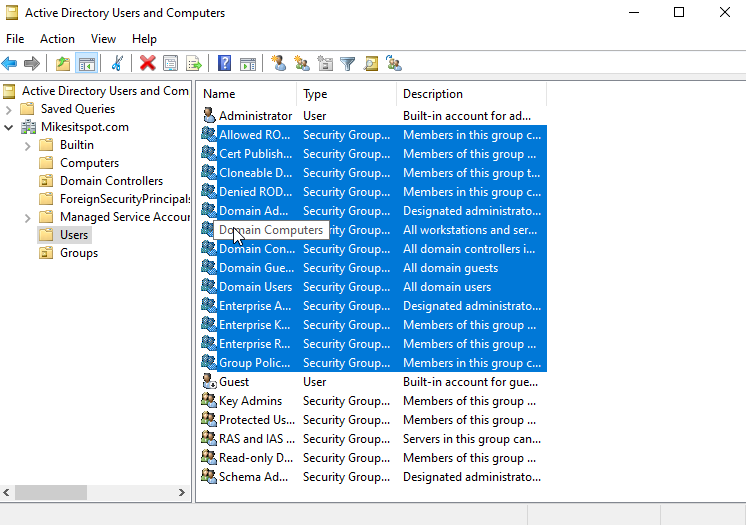Ransomware: Fortify Your Defenses and Safeguard Your Digital Assets
Ransomware attacks have become a prevalent and formidable threat in the digital age. In this blog post, we'll delve into the realm of ransomware, providing essential best practices and key indicators to help you protect your data and your organization from these malicious attacks.
**Understanding Ransomware**
Ransomware is a type of malware that encrypts an individual's or organization's data and demands a ransom for the decryption key. These attacks are highly disruptive and can lead to data loss and financial damages.
**Best Practices for Ransomware Defense**
1. **Regular Data Backups:**
- Maintain frequent and secure data backups to recover critical information in case of a ransomware attack.
2. **Security Updates:**
- Keep software, operating systems, and applications up to date with the latest security patches to prevent vulnerabilities.
3. **Email Filtering:**
- Implement advanced email filtering solutions to detect and quarantine phishing emails that are often used to deliver ransomware.
4. **User Training:**
- Provide cybersecurity training to educate users about recognizing phishing attempts and the risks of downloading suspicious attachments or clicking on links.
5. **Access Control:**
- Enforce strict access controls, granting permissions only on a need-to-know basis to minimize the impact of a ransomware attack.
6. **Zero-Trust Security:**
- Adopt a zero-trust security model, which assumes that threats are both external and internal, and verifies every user and device trying to access resources.
7. **Incident Response Plan:**
- Develop and practice an incident response plan that outlines the steps to take in case of a ransomware attack.
8. **Network Segmentation:**
- Segment your network to limit lateral movement of ransomware within your organization.
9. **Ransomware-Specific Threat Intelligence:**
- Stay informed about the latest ransomware threats and trends by subscribing to threat intelligence feeds.
**Indicators of Ransomware Attacks**
1. **File Encryption:**
- If you notice unusual file extensions or files becoming inaccessible, it may be a sign of ransomware.
2. **Ransom Notes:**
- Ransomware attacks often leave ransom notes or messages explaining the demand for payment.
3. **Increased Network Traffic:**
- Unusually high network traffic may indicate data exfiltration by the attacker.
4. **Unusual Email Attachments:**
- Beware of email attachments that are unexpected or appear suspicious, as they could be a delivery method for ransomware.
5. **Unexpected Network Outages:**
- Ransomware attacks can cause network outages as files are encrypted or systems are disrupted.
**Conclusion**
Ransomware attacks are a growing threat that can have severe consequences. By adhering to best practices and staying vigilant for indicators of ransomware attacks, you can fortify your organization's defenses against these malicious threats. In an era where data is a precious commodity, proactive ransomware defense is non-negotiable. Start your journey to safeguard your digital assets and keep your data secure today.

Comments
Post a Comment